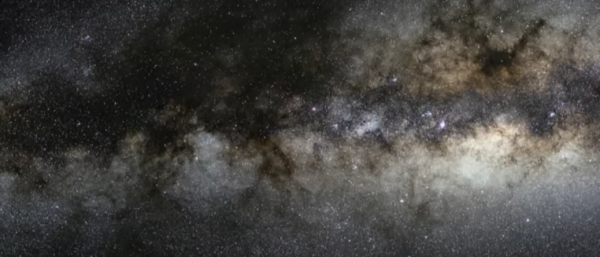
A new analysis reveals that the green-hot galaxies on the other side may trace clues to the ancient universe. The galaxies studied may actually be how they are 11 billion years ago when the universe was only about 2-3 billion years old.
Scientists conducted the observation through the Subaru Deep Field created by the 27-foot Subaru Telescope in Hawaii. Researchers and scientists alike say that the green light coming from these galaxies are actually rare. Most galaxies that scientists observe tend to be white-ish in color. In some cases there are variations of slightly pink, red, orange or yellow tint.
Experts say that green is a much rarer phenomenon because they require very specific conditions of intense heat and special chemistry. They discovered that these are ejecting ionized photons at huge intensities that have never been seen before, Space reported.
"The discovery that young galaxies are so unexpectedly bright [with green light] ... will dramatically change and improve the way that we study galaxy formation throughout the history of the universe," UCLA physics Professor Matthew Malkan said.
According to studies, green-hot galaxies will need stars that burn around 50,000 degrees Kelvin to emit that glow. The hot stars then ionize the oxygen clouds twice to create O++ ionized cloud that creates the glow, Engadget reported.
These stars can usually be found on dwarf galaxies also known as "green pea galaxies." Malkan believes that this is because young stars were hotter in galaxies that formed in the early universe.
These "green pea galaxies" make up less than 1 percent of known galaxies. These early galaxies were reportedly less chemically cluttered than modern ones and the furnace at the heart of the star reportedly creates carbon, iron and oxygen. When stars die and explode, these elements spread, compress and heat to create heavier elements.
Watch NASA's space feed on the clip below:



